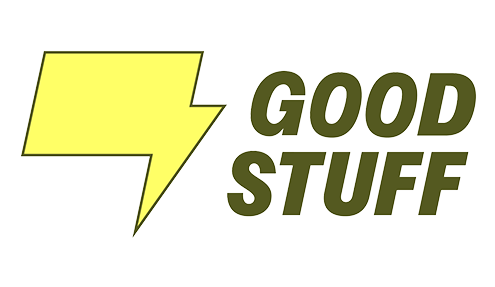6 tips for a pawerful identity.
What separates a good logo from a great one? Well, we've crafted quite a few identities in our time and have learned a lot along the way. Although a logo is not a brand per se, it's one of the most potent brand communication tools and should be strategically designed to represent what you stand for. Here are our top six tips for a powerful logo, demonstrated on a handful of brands we've built over the years. If you adopt these principles when you're developing your own brand identity, you'll make sure it's working as hard as it should.
1. Make your brand strategy drive your identity, not the other way around.
We work hard to lay down a solid brand strategy because it helps us measure whether the identity fits the brand. Otherwise, it becomes a subjective exercise and a big challenge to get stakeholder buy-in. When we developed the brand for Community Action Marin, the tagline we created, In Your Corner™, inspired their icon. It's a visual metaphor for their mission of helping people become self-sufficient and is a mark that's over and over again in a variety of different ways. It keeps their identity fresh and infinitely flexible for everything from its website, social media, print collateral, office branding, and even a fleet of vans.
2. An idea-led logo makes your brand more meaningful & memorable.
Not every client has deep pockets for marketing, so the logos we design work hard to communicate what a brand stands for. A logo with an idea built into it is the quickest way to capture people's attention because it provides a clue to what your brand stands for. So instead of designing logos that are only visually pleasing, we pride ourselves on crafting designs with a clever clue built-in to the design. When we branded Ritual Coffee back in 2005 (and again in 2016), they were all about anti-crappy, corporate coffee. Creating an iconic mark with a revolutionary design made it very hard to forget, especially in the coffee world, which was pretty dull and forgettable. To this day, it still holds up and has become a true icon in the modern coffee world.
3. Develop your tagline and logo at the same time so they work together as a team.
Develop your tagline and logo at the same time, so they work together as a team. Although a tagline technically falls into our 'voice' phase, because it's so intrinsically linked to the logo, nine times out of 10, we create them simultaneously. That's because when the logo supports the tagline, and the tagline supports the logo, together, they become more than the sum of their parts and are a messaging workhorse. After we created the name Pivotal for our foster care client, the actual pivoting of their logo closely mapped to their brand positioning of making sure every young person decided their career path. That led us to create their tagline Determine your own path™ which illustrated the O's pivoting like the logo. Now the visual and verbal elements work side-by-side, making their communications cohesive, impactful, and memorable.
4. Create a tagline that gives you visual ideas for your logo design.
The brand we developed for V-dog is an excellent example of how an idea-driven logo can inspire photographic ideas. Their brand positioning is all about creating a plant-based product that's not only healthy for your dog but is healthy for the planet too. Their tagline became 'For Pooch & Planet™,' and the inspiration for their ear/leaf logo quickly followed. The beauty of that was the natural extension of the ear/leaf idea on their packaging, with a person holding real leaves in front of a dog's face to show that their dog is a V-dog. We loved it. But what we loved even more was seeing the idea picked up on social media, with customers posting endless photos of themselves doing the same with their dogs. It was a golden opportunity for a brand that sells direct to consumers and drove a 500% increase in sales.
5. Use your logo to create meaning & relevance for a new name.
The beauty of a short name is, well, it's short. But the drawback is it leaves less room for interpretation, so creating the right logo design can help frame the name and give it context. When we named Magnify, we needed a memorable way to illustrate the word itself but wanted to create a separate icon to be applied across their communications. Magnify's campaign was to raise $100m for local nonprofits by increasing donations from wealthy philanthropists. Showing the M increasing in size gave meaning to the name and created a great opportunity for a fun animation.
6. Don’t be afraid to do a 180 and use your logo to stand out from your competition.
Don't be afraid to do something completely different from your competitors. When it came to branding Marin Humane, we took a look at their competition and saw no shortage of paw prints and animal silhouettes. But following our number one rule, we used the brand strategy to drive the idea behind the logo. As an animal shelter, they're not only making the lives of animals better but making the lives of people better too. By swapping out the 'u' for a smile, it not only supports what they stand for but makes them stand out from their competition. And on a practical level, it makes it easy to use in-house because the mark is built into the name.







